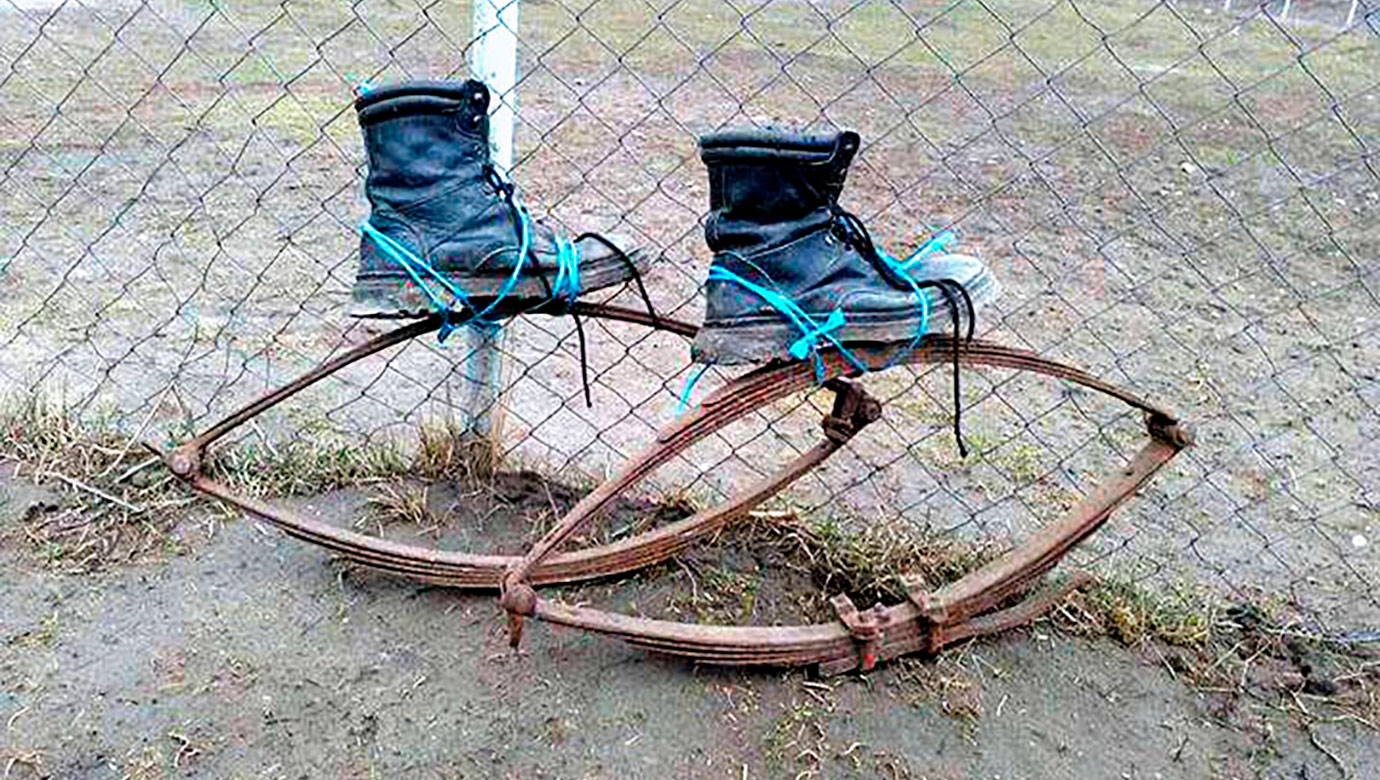"Rebounding" is not a defined sport discipline. There is no style, no stopwatch, no jury.... and there are no exercises with points to be assigned.
There is not even a standard tool that can serve as a reference, as there are in other sports, but not in rebounding.
However, the desire to jump is something ancient and deeply rooted from an early age in our minds.
Who has never jumped on the bed at home before even stepping on a trampoline? The first trampolines are an invention of the late 19th century, simple structures composed of a few elements, a frame, a fabric connected to it by a series of springs that keep it in tension.
In their simplicity, they allow for ever higher continuous jumps and with increasing flight time, jumps with movements and flips, acrobatic jumps without any precise rules, just instinct and a lot of fun.
But at some point in history, someone must have thought it would be nice to be able to move through space using the bounce, so no longer just vertical movements but actual "walks".
From here the appearance of old rudimentary wearable tools like shoes that simulate the movement of the carpet.... We find them in photographs from the 1900s, work shoes with springs and rudimentary crossbows.
The main use, given the difficulty of use, must have been the circus, something that was not for everyone, required a lot of skill but was very surprising and fun. In the following years these first attempts at "spring shoes" were even used to train astronauts for moon walking.
Taking advantage of low gravity, the cosmonauts are able to make long jumps with both feet despite the very heavy protective suits.
For the training of these space explorers, nothing is left to chance, bouncing forward on the moon's surface has been identified as the best way to cover a lot of distance in the shortest possible time. Not walking or running... but incredibly bouncing forward like on an infinite trampoline.
On the wave of enthusiasm for moon walks and with the advent of plastic as an innovative material, the first attempts to build and market "bouncing" footwear came in the 70s and 80s.
Unfortunately, the lack of knowledge of biomechanics and the complex mechanisms that regulate the movements of the human body have limited the development of these tools, still comparable today to toys and not usable in a professional context.
From their still unexplored potential and thanks to today's knowledge in the motor field, Blast's research started to finally wear the infinite trampoline with all the advantages of a new way of moving and training with zero joint impact.


